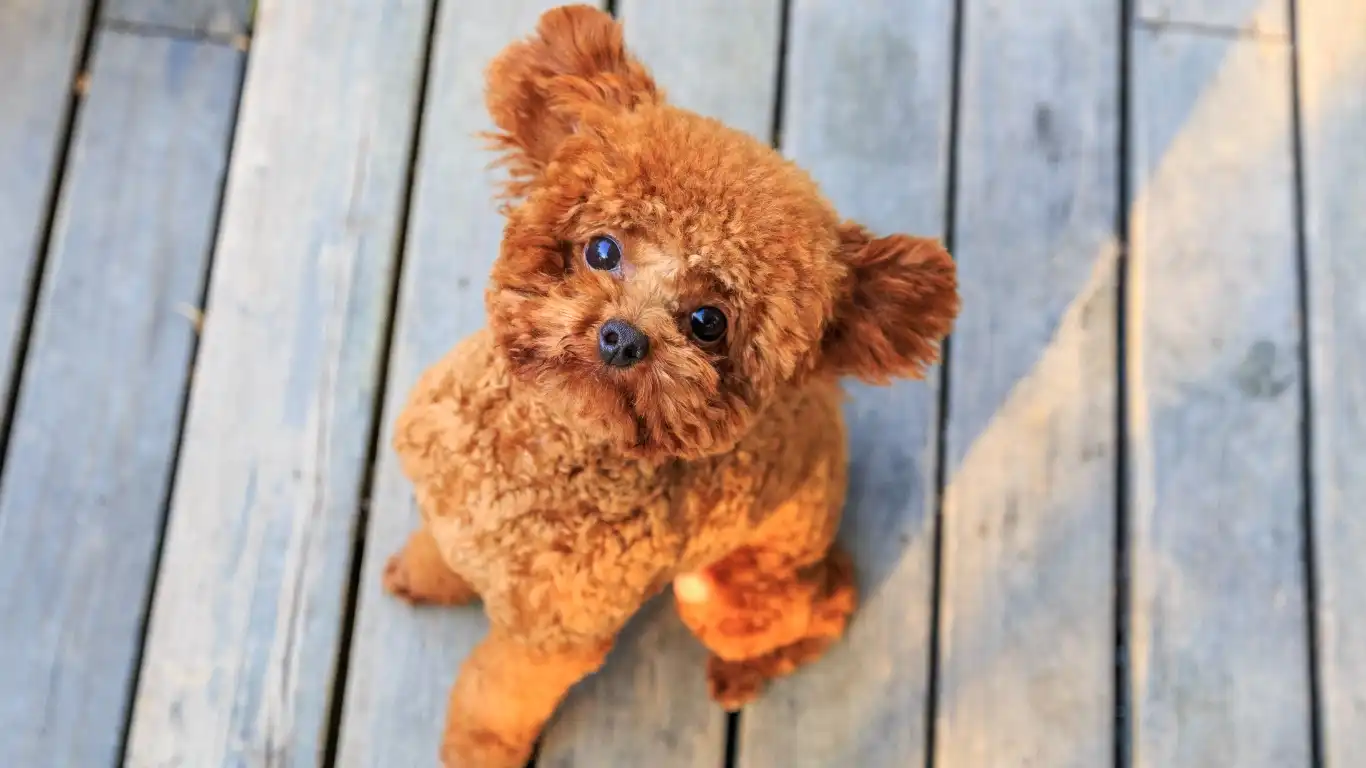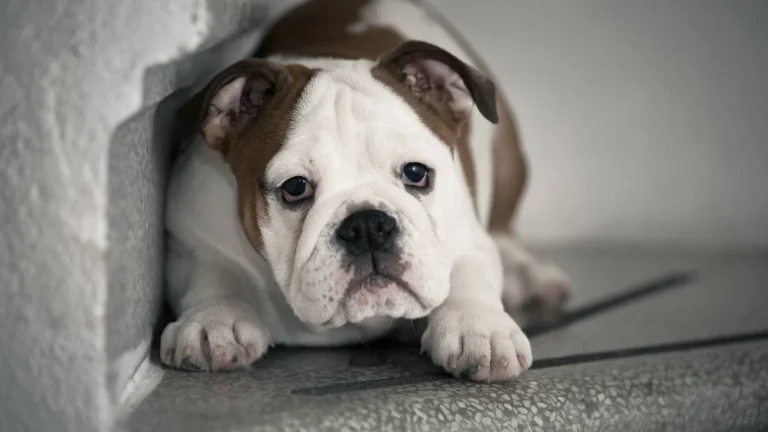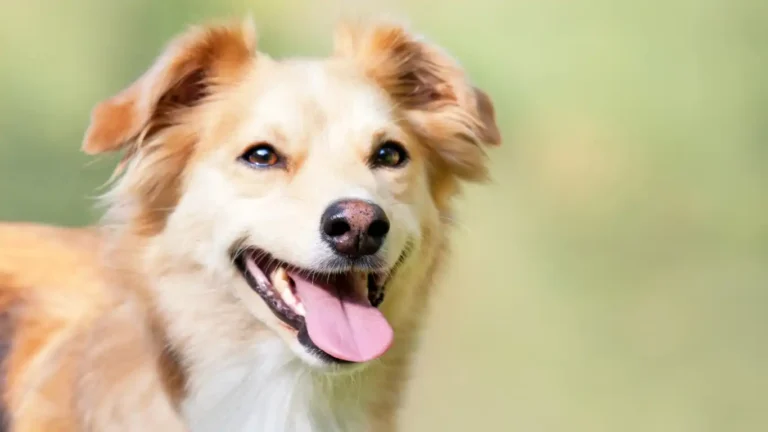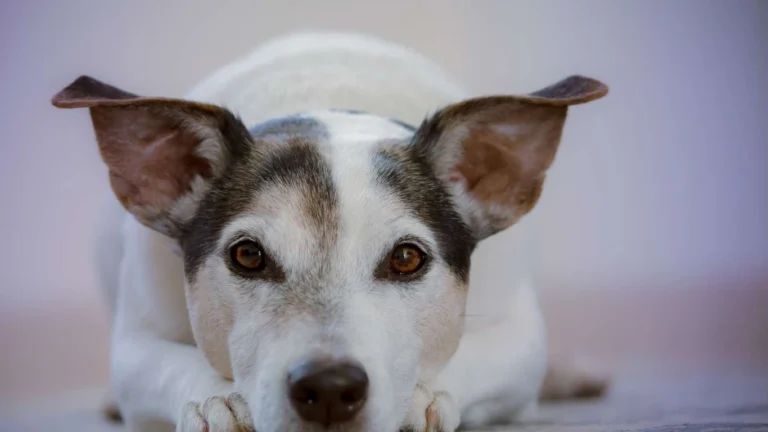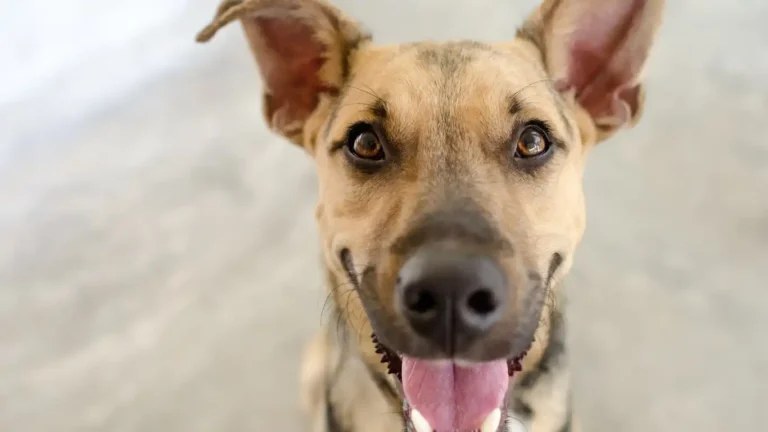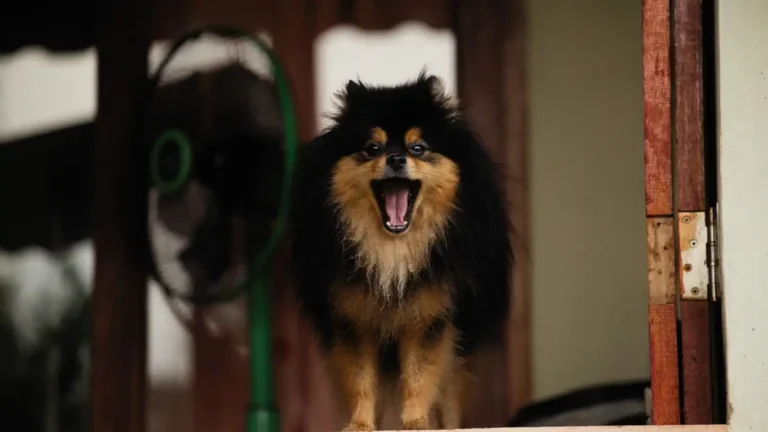How to Introduce a Dog to a New Puppy: 7 Essential Tips for Success
Introducing a new puppy to your dog is an exciting yet sometimes stressful experience. As a Veterinary Technician and Nutrition Specialist, I’ve had my fair share of interactions with dogs and puppies, and I can tell you that getting the introduction right is key to ensuring a harmonious relationship from the start. Whether you’re bringing a new puppy into a home with an adult dog or introducing a puppy to a dog you’ve recently adopted, there are several things to keep in mind. It’s not just about the personalities of the dogs, but about how you handle the situation, the timing, and how you manage their energy during the first few days. In this article, I’ll walk you through some important steps and tips on how to introduce a dog to a new puppy successfully. We’ll dive into the preparation, early interactions, and how to create a peaceful environment for both dogs to feel safe and secure.
Why the First Meeting Matters

The first meeting between your dog and the new puppy sets the tone for their entire relationship. Think of it like a first date—they’re getting to know each other, and there’s a lot of sniffing, curiosity, and sometimes a little tension as they figure each other out. For dogs, this is their way of assessing whether they’re going to be friends or rivals, and for us as pet owners, it’s crucial to facilitate the encounter in a calm, controlled manner.
Based on my experience working with various dogs and puppies, I’ve seen how crucial it is to create a low-pressure, safe environment for both dogs. The more relaxed and confident your older dog feels during the introduction, the smoother the transition will be for everyone involved. I’ve had clients come in asking, “How to introduce a dog to a new puppy?” with some concern, especially when the older dog is a bit possessive or territorial. While every dog is different, there are some general guidelines that help ease the process.
Preparing Your Home for the Introduction
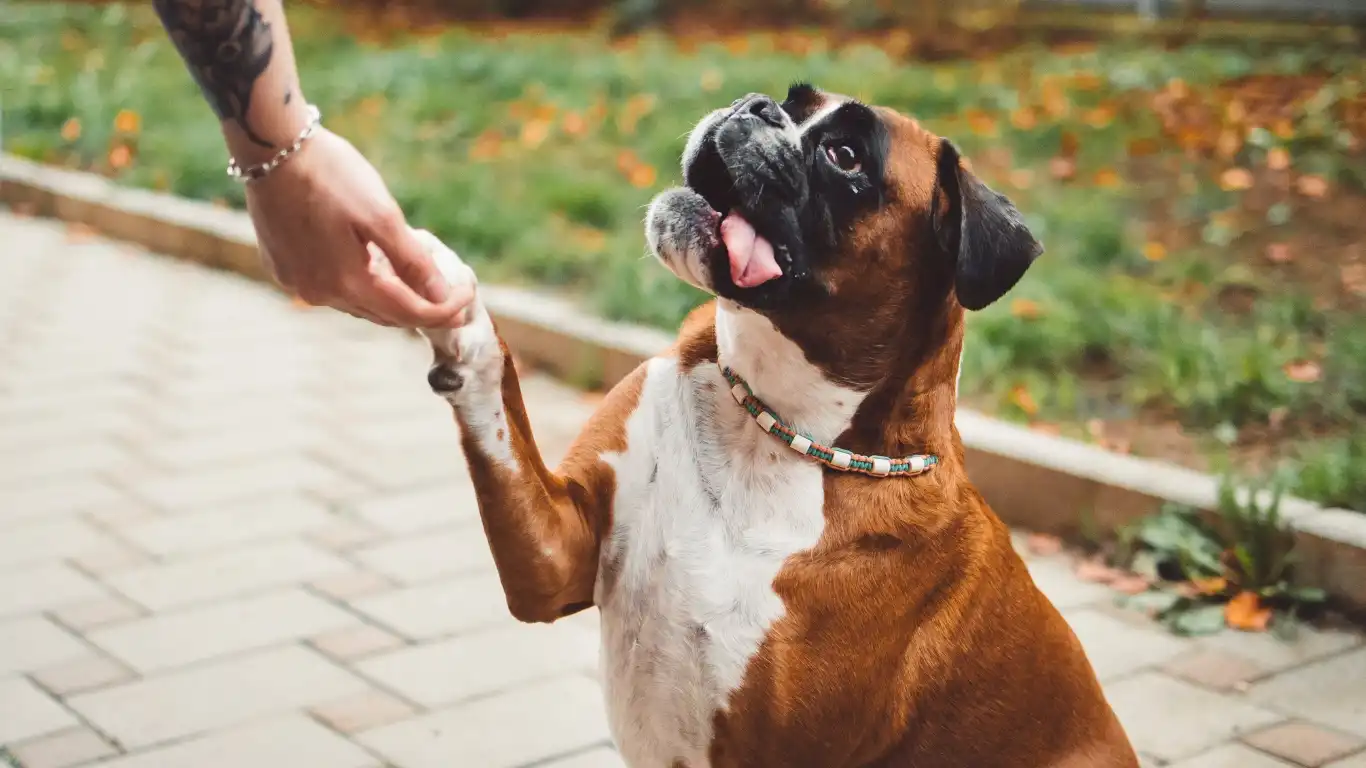
Before even thinking about introducing your dog to your new puppy, preparation is key. You want to make sure that the space where the introduction occurs is neutral, calm, and free of distractions. Here are a few things to consider:
- Choose a Neutral Location: If possible, try introducing them somewhere that neither dog has claimed as their own territory. For instance, a backyard is often a good place. If you’re at home, avoid bringing the puppy directly into your dog’s space or using areas your dog already views as “theirs.”
- Keep Leashes on Hand: Even if you think the dogs will get along right away, it’s important to have control over the situation. Keeping both dogs on leashes will give you the ability to step in and manage the introduction if things take a turn.
- Separate Resources: This means things like food bowls, toys, and beds. You want to avoid any potential resource guarding behavior, which can lead to tension or aggression between the dogs. Having separate spaces for each dog will help prevent unnecessary conflict.
Understanding the Body Language
Understanding canine body language is essential when introducing a new dog to a puppy. The signs a dog gives can tell you a lot about how they’re feeling in the moment—whether they’re comfortable, anxious, or possibly even aggressive. Based on my work, I’ve learned that paying attention to your dogs’ body language can be one of the most important things in ensuring a smooth introduction.
- Relaxed and Curious: If your dog is wagging their tail and their body is loose and relaxed, it’s a good sign that they’re open to meeting the new puppy. A playful posture, with a slight bow or the classic “play face,” is a great indicator that they’re interested in a friendly interaction.
- Stiffness or Staring: On the other hand, if your dog is staring at the puppy or standing stiff, this could be a sign that they’re not too comfortable yet. You’ll want to intervene if this happens, either by giving them space or using calming signals to break the tension.
- Growling or Snapping: If you notice that your dog is growling, showing their teeth, or snapping, it’s time to back off. This is a clear sign that the introduction isn’t going as planned. Don’t force them to interact, and try again later in a different setting.
Slow and Steady Wins the Race
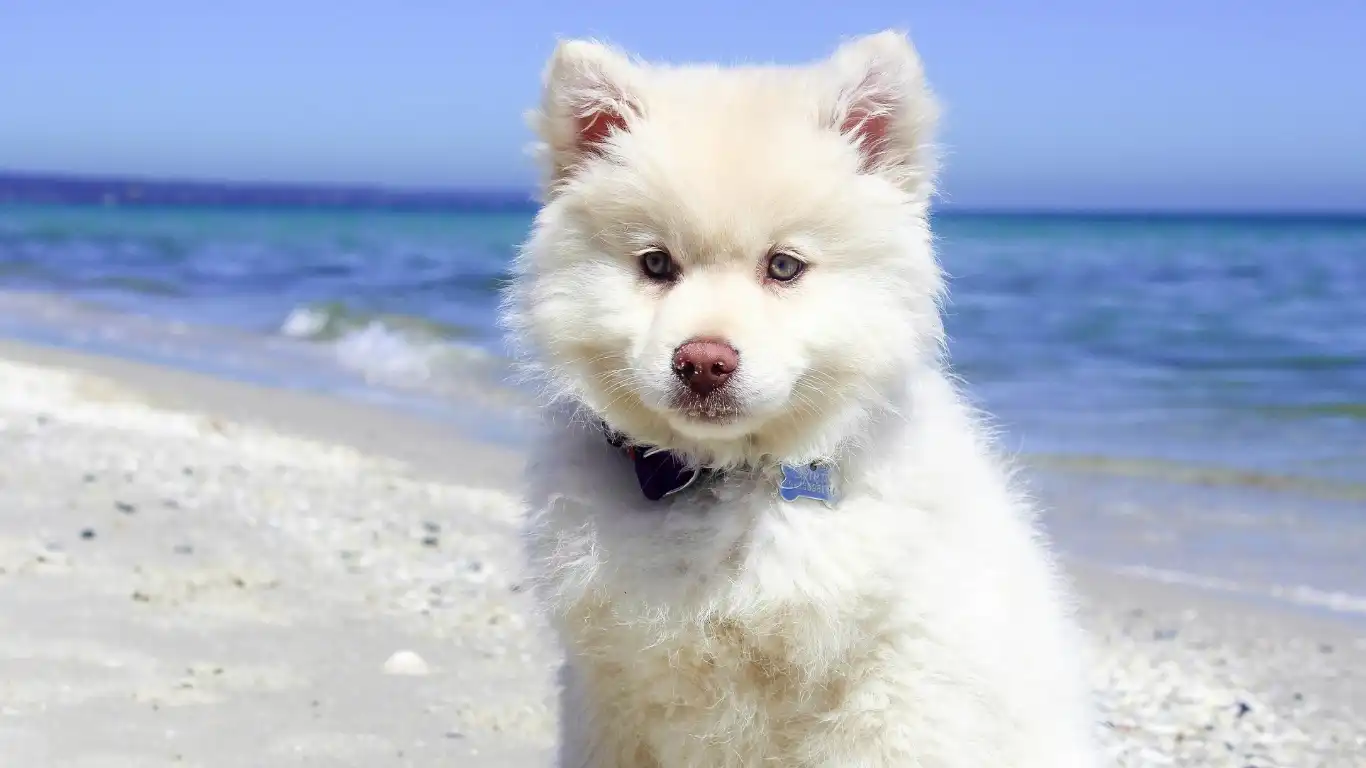
When it comes to introducing your dog to a new puppy, remember that patience is your best friend. You can’t rush the process, and pushing the interaction too quickly can lead to anxiety or even aggression. As a professional in the veterinary field, I’ve learned that it’s all about taking things one step at a time. The key is to keep the interactions short and positive, slowly building up their tolerance for each other.
Start by letting the dogs sniff each other from a distance, allowing them to get used to each other’s scent. This part is crucial because dogs rely heavily on their sense of smell to understand the world around them. The more comfortable they are with each other’s scent, the easier the physical introduction will be. Gradually allow them to come closer, still on leashes, and let them interact under your supervision. If at any point the situation seems tense, it’s important to give them space and try again later. As I always tell my clients, “Let them set the pace.”
In the next part of this article, we’ll dive deeper into how to manage the first few days and weeks after the introduction, making sure both dogs settle into their new dynamic peacefully.
Managing the First Few Days After the Introduction

After the initial introduction, the first few days are crucial in establishing a smooth transition between your dog and the new puppy. It’s tempting to let them run free, especially if the first meeting went well, but remember: this is a delicate time for both animals. Based on my personal experience as a veterinary technician, I’ve seen many pet owners rush into this phase, only to find that the dogs are still adjusting to each other. The key during this time is supervision, structure, and a lot of patience.
Even if things went well in the first meeting, don’t assume that the bond is instantly formed. Just like people, dogs need time to get used to each other’s presence, habits, and personalities. Here’s how to manage the early days effectively:
- Supervise All Interactions: During the first few days, keep a close eye on both dogs. Puppies tend to have a lot of energy, and older dogs might not always appreciate that. Supervising their interactions is essential to prevent any unwanted behaviors, like nipping, jumping, or growling. While it’s natural for puppies to be playful, older dogs may need time to adjust to this level of energy.
- Establish a Routine: Dogs thrive on routine, and the more consistent you are, the easier it will be for both the new puppy and your older dog to feel secure. Feeding them at the same time, providing regular bathroom breaks, and setting aside time for walks will help create a sense of stability. This structure will not only help with their integration but will also keep both dogs feeling more confident.
- Reward Good Behavior: Positive reinforcement is key. When both dogs are interacting peacefully or showing interest without aggression, reward them with treats or praise. Reinforcing good behavior will make it more likely for them to repeat those actions in the future. I always recommend having plenty of their favorite treats on hand during this transition phase!
How to Manage the Energy Levels
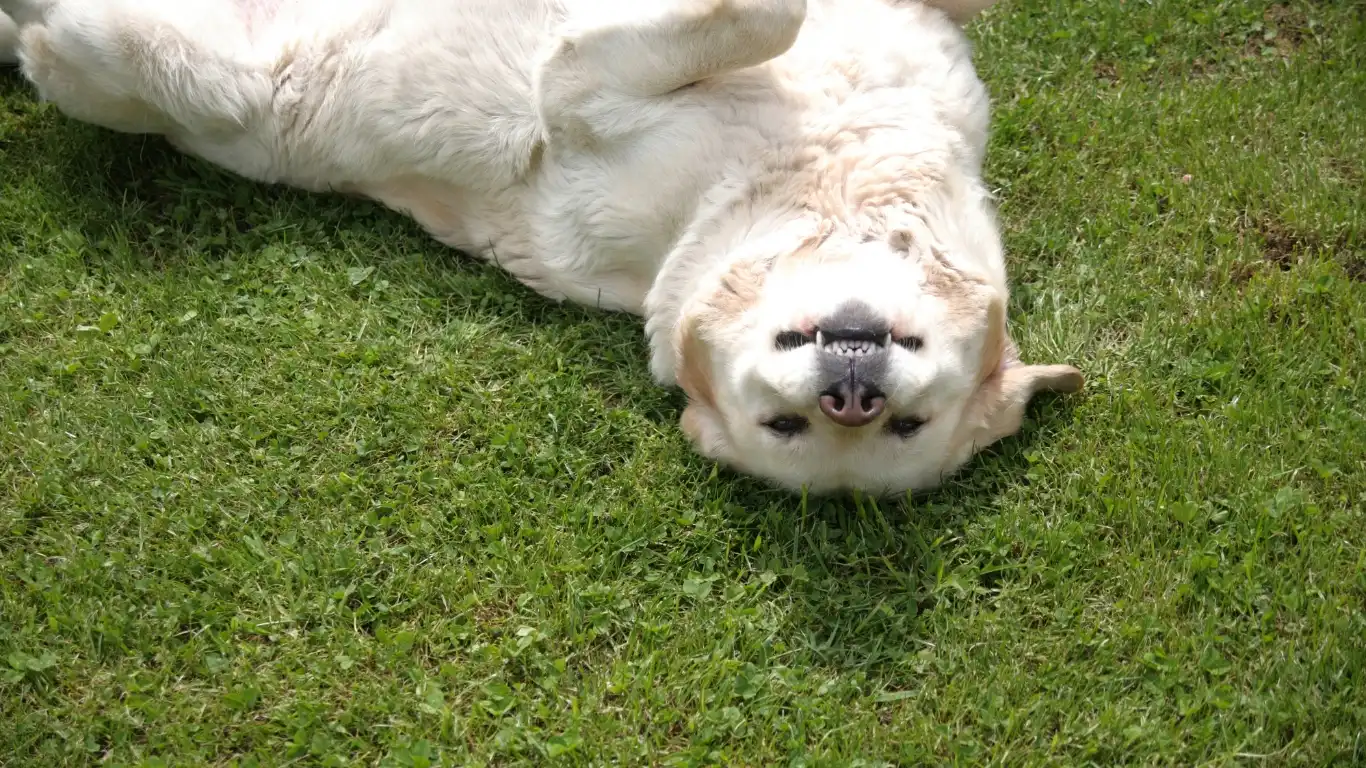
One of the biggest challenges when introducing a puppy to an older dog is managing their energy levels. Puppies are bundles of excitement, and older dogs, especially those who are more laid-back or used to a slower pace, may not appreciate the puppy’s enthusiasm. The first few days can sometimes feel like a whirlwind, with the puppy darting around while your older dog watches cautiously. In my experience, balancing their energy levels is key to creating a peaceful coexistence.
Here are a few tips I’ve shared with many pet owners to help manage energy levels:
- Separate Playtime: If your older dog isn’t quite ready for the puppy’s level of play, it’s okay to separate their playtime. Give your older dog some downtime in a quiet area while the puppy gets some exercise and stimulation. You can rotate their playtime so both dogs get what they need, without overwhelming the older one.
- Controlled Play Sessions: When you do allow both dogs to interact, keep the play sessions short and positive. If your older dog seems frustrated or tired, it’s time for a break. Always monitor their behavior, and make sure you’re stepping in if the puppy gets too rough. I’ve seen puppies sometimes get a bit too excited and pounce on the older dog, which can lead to stress for the senior dog.
- Plenty of Mental Stimulation: Puppies need a lot of mental stimulation, and a bored puppy can turn into a mischievous one! Engage the puppy with puzzle toys, training sessions, and chews to redirect their energy. By tiring them out mentally, you can reduce their overactive play behavior, which will be more manageable for your older dog.
Space and Boundaries for Both Dogs

Establishing boundaries is one of the most important parts of introducing a new puppy to an older dog. Just like us, dogs need their own space to feel safe and comfortable. When the puppy arrives, make sure both dogs have designated areas for their food, toys, and sleeping spots. This not only gives them a sense of ownership but also helps reduce potential conflicts over resources.
Here’s how you can set up proper boundaries:
- Create Separate Spaces: While it’s great for your dogs to be together, it’s just as important that they have their own space. You can set up separate sleeping areas or crates where they can retreat to when they need some alone time. A crate can be an excellent way to give the puppy a quiet spot to rest, while also giving your older dog some space away from the constant puppy energy.
- Feed Separately: It’s crucial to avoid resource guarding issues, especially when it comes to food. Feed both dogs in separate areas to prevent any food-related conflicts. If your older dog is particularly protective of their food, it’s best to feed them in different rooms or areas of the house until they become more comfortable with each other.
- Provide Safe Zones for the Puppy: Puppies are still learning their boundaries, so providing them with a safe space away from your older dog can help them avoid potential conflicts. Baby gates or playpens are great tools to create a “safe zone” where the puppy can retreat if they’re feeling overwhelmed.
In the next section, we’ll discuss how to continue fostering a positive relationship between your dog and puppy as they settle into their new routine. Patience is key, and with the right approach, your dogs will learn to live together happily and harmoniously.
Continuing to Build Positive Relationships
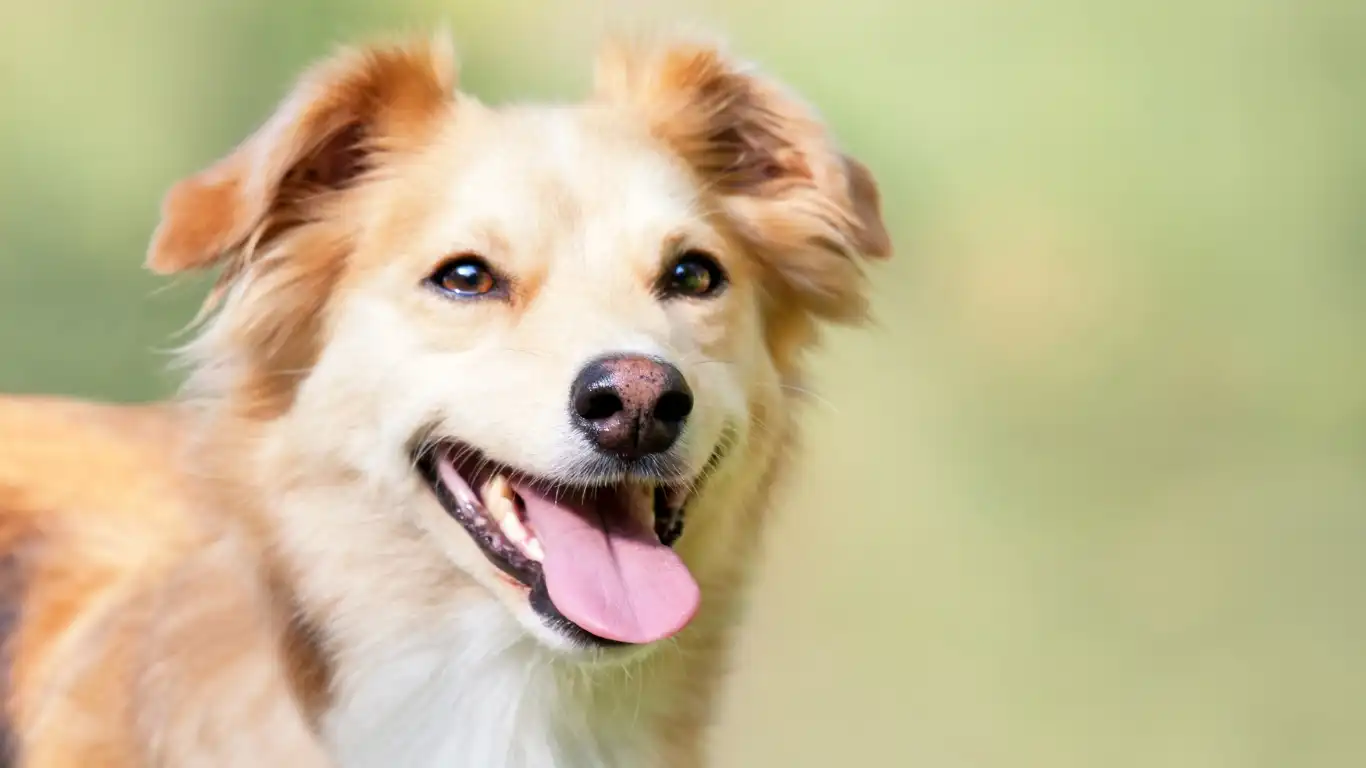
As your dogs settle into their new routine, it’s important to continue nurturing their relationship. The initial phases of their interactions were likely full of curiosity, caution, and maybe even some conflict. But as time goes on, those first impressions will begin to fade, and their bond can deepen. As a Veterinary Technician with a focus on canine behavior, I’ve found that consistent, positive interactions are key to ensuring that the relationship between your dog and the new puppy grows stronger with each day.
Building a solid relationship takes time, and it’s up to you as the pet owner to guide both dogs through the process. Let’s dive into a few strategies that have worked well for many pet owners I’ve worked with over the years. These strategies can help encourage positive play, minimize territorial behaviors, and keep the peace in your household.
Consistent Positive Reinforcement
Just like with any training process, positive reinforcement is essential. You want to reward both dogs for calm, friendly interactions. This could be as simple as offering treats when they share space without conflict or providing praise when they engage in calm play. In my experience, the more consistent you are with reinforcing good behavior, the quicker both dogs will learn what’s expected of them.
For example, if your older dog and puppy are interacting peacefully, give them both praise and a treat. If you see them sharing a toy or resting next to each other without signs of aggression or tension, that’s a huge milestone! Positive reinforcement can significantly reduce the likelihood of behavioral issues, like jealousy or resource guarding, from cropping up later on.
- Use Treats and Praise: For both dogs, treat them with a reward when they display calm behavior or share a toy without issues. They’ll begin to associate these behaviors with something positive.
- Stay Calm Yourself: Dogs can pick up on your emotions. If you’re stressed or anxious during interactions, your dogs will sense that and may become agitated as well. Stay calm and assertive, and your dogs will mirror your energy.
Managing Resource Guarding and Jealousy

Resource guarding is a behavior that can sometimes arise when introducing a new puppy to an older dog. Dogs can be possessive over things they consider valuable, like food, toys, or even attention from their favorite human. If your older dog is showing signs of resource guarding—growling or snapping when the puppy gets too close to their food or bed—it’s important to address it early on.
In my experience, resource guarding tends to be less of an issue when both dogs feel secure and have their own designated spaces. The problem usually arises when a dog feels that there’s not enough to go around, so they defend what they have. If your older dog is already displaying guarding behaviors, it’s crucial to step in and help both dogs learn to share and respect each other’s space.
Here are a few techniques to help reduce resource guarding and jealousy between your dog and the new puppy:
- Feed Separately: This is one of the easiest ways to avoid conflicts. Feed the dogs in different areas, or if they must eat in the same room, ensure that they’re separated by a barrier like a baby gate or crate. This prevents one dog from feeling threatened by the other while eating.
- Offer Equal Attention: Jealousy can rear its head when one dog feels they’re not getting enough attention from you. Make sure to spend quality one-on-one time with both dogs, especially your older dog, to reaffirm their bond with you. This could be through extra cuddle time, walks, or training sessions.
- Teach “Leave It” and “Drop It” Commands: These commands are incredibly helpful in situations where one dog might try to steal something from the other. Consistent training can help redirect your dog’s attention and stop negative behaviors before they escalate.
Exercise and Play: A Key to Harmony
Regular exercise and play are important for all dogs, but they are especially beneficial during this adjustment period. Puppies need tons of energy outlets, and older dogs benefit from having their routine shaken up a bit to keep them active. Exercise also serves as a wonderful bonding experience for both dogs, so if you can find ways to engage in group activities, like walks or playtime, it can help cement their relationship.
From my experience, I’ve found that supervised play sessions between the two dogs are one of the best ways to foster a healthy bond. Whether it’s running around in the backyard, chasing a ball, or engaging in tug-of-war (with supervision, of course), these shared experiences help them associate positive feelings with each other’s presence.
Some exercise and play ideas include:
- Leashed Walks Together: Taking both dogs on a walk together can help them form a bond as they explore the world side-by-side. This gives them an opportunity to learn to coexist without the pressures of having to interact immediately.
- Interactive Play Sessions: If your older dog enjoys playing fetch or tug-of-war, include the puppy in these activities. It’s important to make sure that the older dog isn’t overwhelmed, so keep the sessions short and fun.
- Training Sessions: Training not only builds obedience but also creates a sense of teamwork between you and both dogs. Incorporating the puppy into the older dog’s training sessions can help them both focus on tasks, creating positive interaction.
References
If you’re interested in learning more about dog behavior, puppy training, or managing your dog’s health during this period, check out these helpful resources:
Disclaimer
It’s important to note that every dog is unique, and while these strategies have been effective for many pet owners, individual results may vary. If you are experiencing persistent behavioral issues, or if you have concerns about the safety of your pets, it’s always best to consult with a professional dog trainer or your veterinarian. This article is meant to offer general advice and tips based on common experiences and observations.
